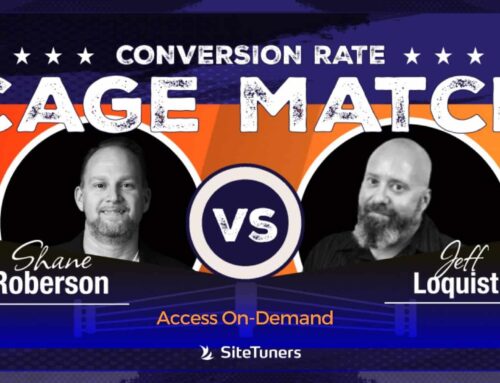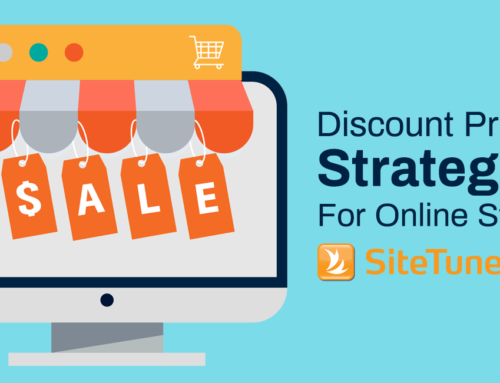 E-commerce web usability is a game of probability, not possibility. If you try to allocate the same weight to elements that attract product-oriented purchasers as you do comparison shoppers and casual browsers, your site will fail all of them.
E-commerce web usability is a game of probability, not possibility. If you try to allocate the same weight to elements that attract product-oriented purchasers as you do comparison shoppers and casual browsers, your site will fail all of them.
You need to review which groups of users you have the most of, then allocate your site’s real estate to serve their needs. Web analytics is your friend here. Once you spot the patterns and know what kind of primary and secondary visitor groups you have, it’s time to roll up your sleeves and get to work prioritizing changes to your website.
1. Comparisons are too hard to do
If a significant chunk of your visitors view a lot of your pages without going directly to the cart, your site may be getting viewed by comparison shoppers. Not converting that segment of traffic on the first go-round is OK. If you do a good enough job of getting them the information they need, you’re at least in contention by the time the user is primed for the sale.
One thing that trips up analysis about mobile conversions is actually related to this phenomenon: people often compare products on mobile phones, but when they’re ready to make a purchase, they use their laptops or tablets for easier typing.
If you’re driving a significant number of comparison shoppers to your site, your resources should be devoted to keeping user reviews in tip-top shape. Consider having not just reviews but information about the reviews and the top reviewers, along with summarized keywords for positive and negative reviews.
Try your hand at making comparisons as painless as possible, and don’t empty out carts between visits. Remember, this is a segment with a delayed payoff.
2. Searching for products is troublesome
If a sizeable set of your visitors are running through the product pages and the shopping cart page quickly, you may be dealing with product-oriented visitors. There are a few ways to fail this group of visitors:
- Search may be unforgiving: Misspellings should be possible to recover from, and your most commonly searched items should have prescribed or featured results. Product-oriented visitors are looking to get from point A to point B as quickly as humanly possible, so search has to be both functional and zippy.
- Descriptions may be missing: This is actually a fairly recent trend. Some pages are making the hero shot of the product and the call to action so prominent that short, meaningful descriptions of the products are getting pushed to the wayside. Don’t fall into this trap. You can have useful, prominent product photos and clear, visible calls to action while keeping short descriptions readily available above the fold. Your product-oriented visitors will be looking for this information.
3. Too much information is required
If a lot of your conversions come from first-time visitors, and your products skew toward being one-time needs, you’re probably dealing with a large group of one-time purchasers.
If that’s the case, descriptions will be just as crucial as for product-oriented visitors. On top of having short and distinct descriptions, you’re also going to have to up your game when it comes to information entry:
- Never require registration for checkout. The customer lifetime value may be low for each visitor, but you’ll make up for it in volume. Adding registration will raise your abandonment rate without really adding to the lifetime value of a one-time purchaser anyway.
- Let visitors enter information the way they enter information. Fault tolerance for things like entering credit card information is key. With spaces, without spaces, your system should be able to handle it all.
- Allow users to use autofill. Remember, your visitors are trying to do a task efficiently once. Your job is to make it easy, then get out of the way. Autofill for forms helps significantly with this.
Most sites don’t cater to everyone. Trying to please all possible visitors is futile at best and disastrous at worst. You need to figure out which types of groups are coming to your site, then adjust so that you optimize the experience for the majority of your probable visitors.
This article originally appeared in Tim’s Retail Online Integration column April 27, 2015



